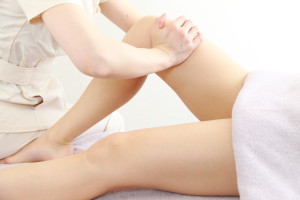 Stem cell therapy is a new and upcoming form of medicine that makes use of healthy regenerative cells found in the body to support tissue regeneration. It can trigger the healing process to repair and replenish the cells that have been damaged and degenerated due to orthopedic problems such as joint injury and arthritis.
Stem cell therapy is a new and upcoming form of medicine that makes use of healthy regenerative cells found in the body to support tissue regeneration. It can trigger the healing process to repair and replenish the cells that have been damaged and degenerated due to orthopedic problems such as joint injury and arthritis.
Stem cell therapy will support the body’s internal healing mechanism without involving any drugs and in some cases, will also mitigate or eliminate the need for surgery. Stem cells include many different types of cells, which have the ability to renew themselves, becoming virtually any cell in the body.
The new cells will restore damaged, degenerated or aging cells and successfully regenerate the body tissue. Most patients will notice improvement in about one to two months following completion of the stem cell treatment protocol. Patients experience less pain in the treated joints, and the ability to function will increase.
Patients in Las Vegas, Nevada and surrounding communities across the landscape have an opportunity to receive stem cell therapy for orthopedic issues from board certified orthopedic surgeons Dr. Steven Thomas and Dr. Gregory Bigler. Stem cells can treat patients in all age groups and activity levels without surgery.
Common Orthopedic Issues Treated with Stem Cells
- Low back and neck pain due to disc degeneration
- Knee, hip, and other joint osteoarthritis
- Chronic partial Rotator Cuff tears
- Tennis elbow
- Plantar fasciitis
- Partial quadriceps and patellar tendon tears
- Partial muscle tears and joint instability
- Cartilage (meniscal) tears in the knee
- Muscle strains
- Other chronic tendon and ligament problems
Benefits
Stem cell induced therapies to treat joints such as knees, shoulders and elbows have shown remarkable success in many patients. Some of the key benefits include:
Minimal Recovery Period
Rehabilitation period involved in stem cell therapy for orthopedic problems is minimal, and in many cases, non-existent. Many patients can simply return to their normal routine immediately after the procedure instead of dealing with painful and length rehabilitation process associated with an orthopedic surgery.
Tissue Restoration
Stem cell therapy does not provide only superficial pain relief. Stem cells actually restore degenerated tissue to create sustainable outcomes. Due to their regenerative capabilities, stem cells have the potential to reverse many diseases by replacing damaged tissue with new, healthy tissue.
Improving Mobility
Stem cell injections contain hyaluronic acid, which is a naturally occurring compound in the body. This compound will lubricate the joints and tendons, resulting in pain relief from the injury or degeneration, while helping to restore mobility at the same time.
Quick and Safe Treatment
Stem cell therapy is usually performed in a single day, which cuts down the treatment time compared to traditional solutions. Stem cell therapy also avoids the risks that are typically associated with an orthopedic surgery, such as infection and blood clotting.
Numerous research studies have shown the safety and efficacy of stem cell therapy for orthopedic problems. Stellar and board certified orthopedic surgeons at the Thomas & Bigler Knee & Shoulder Institute receive patients from Las Vegas, Nevada and nearby areas for stem cell therapy.
If you would like to schedule an appointment or learn more about the Knee and Shoulder Institute procedures & treatments performed by Las Vegas, Nevada board certified surgeons Steven C. Thomas, MD and Gregory T. Bigler, MD. call (702) 933-9393; Physical Therapy (702) 933-9393.
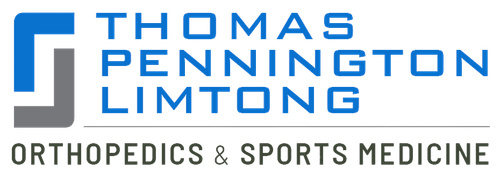
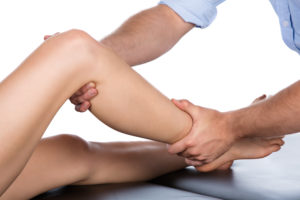 Stem cell therapy offers as an innovative non-surgical alternative to address a variety of
Stem cell therapy offers as an innovative non-surgical alternative to address a variety of 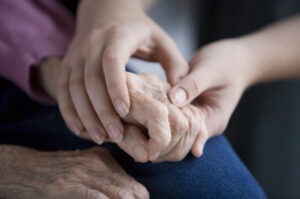 Stem cell therapy has emerged as a highly innovative, non-surgical alternative to treat degenerated joints affected by arthritis. Stem cells are present within the patient’s own body, and perform the function of promoting the healing process of the degenerated tissue.
Stem cell therapy has emerged as a highly innovative, non-surgical alternative to treat degenerated joints affected by arthritis. Stem cells are present within the patient’s own body, and perform the function of promoting the healing process of the degenerated tissue. 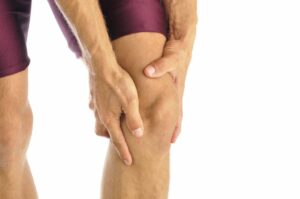 Stem cell therapy has emerged as a promising treatment for
Stem cell therapy has emerged as a promising treatment for  Instability and intra-articular joint pathology may commonly occur in the
Instability and intra-articular joint pathology may commonly occur in the  Tendonitis condition can quickly deteriorate if left untreated. Therefore, once the patient experiences any symptoms, they should consult with a medical professional.
Tendonitis condition can quickly deteriorate if left untreated. Therefore, once the patient experiences any symptoms, they should consult with a medical professional.  The condition of tendonitis should be treated early in order to prevent additional damage. Early treatment will avoid more complex solutions such as surgical repair, and the patient will be able to quickly regain their flexibility and strength.
The condition of tendonitis should be treated early in order to prevent additional damage. Early treatment will avoid more complex solutions such as surgical repair, and the patient will be able to quickly regain their flexibility and strength. 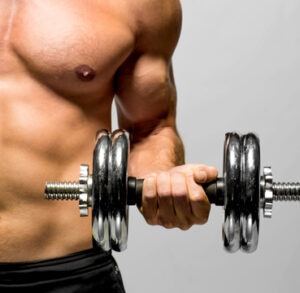 Tendonitis is mostly an inflammation or irritation of the tendon. Tendons are thick, ropelike cords that attach the muscles to the bones. Tendons perform the role of a pulley to help muscles move a joint. Tendonitis typically affects the biceps,
Tendonitis is mostly an inflammation or irritation of the tendon. Tendons are thick, ropelike cords that attach the muscles to the bones. Tendons perform the role of a pulley to help muscles move a joint. Tendonitis typically affects the biceps,  T
T